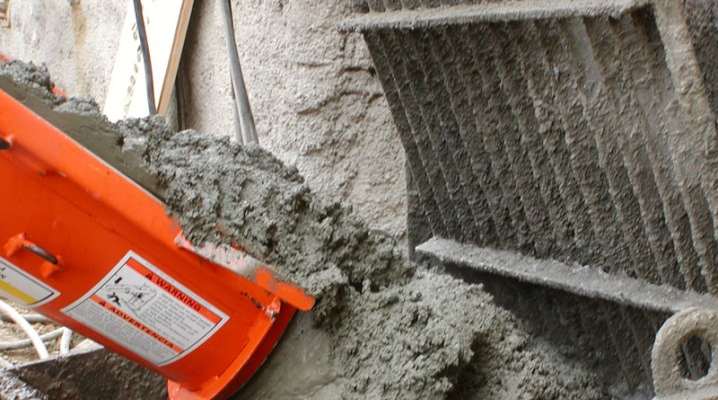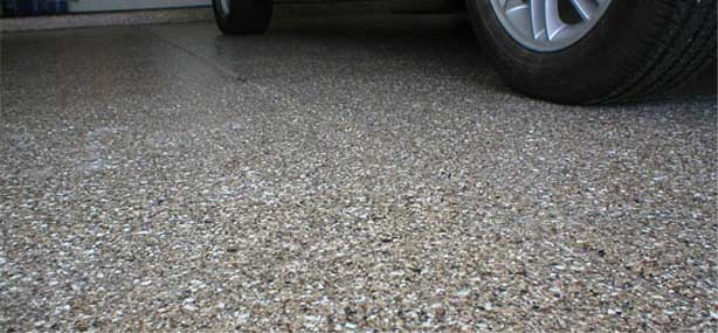Fine concrete
Fine-grained concrete - a building material belonging to the group of heavy concrete, is an artificial stone.
Application
- Production of cement structures. For this, concrete is reinforced with steel wire or woven steel mesh.
- It is advisable to use for densely reinforced structures.
- Great for construction in the area where there are no crushed stone and gravel-sand pits.
- This material is frost-resistant and waterproof, it also has an increased bending strength. Due to this, this material is ideal for the construction of pavements.
Manufacturing technology and necessary materials
Properties will depend on the same factors as ordinary concrete properties. In the manufacture do not use coarse aggregates.At the same time, fine-grained concrete has its own unique features that are characteristic of such a structure. It will be more uniform, with increased porosity and a specific surface area of solid mass.
To ensure the maximum strength of the material, you need to choose the optimal ratio of sand and cement.
If the cement is too low, the mixture will be worse to pack, its density will decrease. Due to this, the strength can be significantly reduced. If there is too much cement, it means that there is a lot of water in the mixture, which contributes to increased porosity and a decrease in strength.
For the manufacture of the mixture is better to use clean, coarse sand. Or, at a minimum, to enrich fine sand with crushed stone or fine gravel. This will not only have a positive effect on the composition of the mixture, but also reduce the consumption of cement.
Of great importance will be the effective compaction of the applied mixture, which can be done in several ways:
- roller seal
- by pressing,
- tamping
- vibropressing.
The choice of compaction method will depend on the specific task set for the builders.
Before proceeding to the manufacture, it is necessary to design the composition. Experts do this in two stages, using a computational-experimental method:
- The first preliminary stage involves an approximate calculation of the composition, which could provide a given mobility and strength. For testing, it is advisable to use not very large samples.
- At the second stage, the composition undergoes experimental verification, after which the composition is clarified, and if necessary, changes are made to it.





















